A recent article entitled, “Floors May Be Underappreciated Source of Contamination” states in part, “Although hospital floors have been considered inconsequential in the spread of healthcare-associated infections (HAIs), research finds that floors are responsible for spreading pathogens to high-touch items that are dropped or stored on the floor.”
The study was conducted in five U.S. hospitals without the knowledge of hospital personnel, Healthcare Design reports. Cleaners washed the floors of occupied patient rooms using quaternary ammonium-based disinfectant only when they were visibly soiled or when a patient was discharged. Researchers then took cultured samples of the floor to check them for pathogens.
They found traces of C. diff on the floors, along with methicillin-resistant staphylococcus aureus (MRSA) and vancomycin-resistant enterococci (VRE). Researchers also found pathogens on high-touch items that had come in contact with the floor, including clothes, cell phone chargers, call buttons, blood pressure cuffs, bed linens and towels. They stressed that because high-touch items often end up on hospital floors, these items need to be cleaned, and healthcare workers need to change their gloves and wash their hands after picking up items from the floor.
In my professional opinion, the article headline is misleading. It should be, “Hospital Floors Can Be a Reservoir for Healthcare Potential Pathogens.” A contaminated surface is one link in the chain of transmission. We still need a mode of transmission to a susceptible host with a portal of entry.
Read Next: Fighting Fecal Matter on High-Touch Surfaces
While we’re showing that these scary-sounding bugs can make their way into a patient’s room and near them, not everyone who encounters a pathogen will get an infection. With that in mind, are there simple ways to address these areas of exposure without placing too much emphasis on the risk?
If environmental services managers implement patient hand hygiene before any meal or before any medication, they break the mode of transmission if the potential pathogen moves from the floor onto surfaces near the patient. With good education, staff will clean and disinfect anything that meets the floor. This intervention breaks the chain of infection.
Is a neutral cleaner applied with a fresh mop head for each room sufficient for infection prevention?
Disinfecting the floors when there are visible body fluids or excretions makes sense. My question is, "At what frequency do we need to address the floor?"
Managers have generally eliminated double dipping of cleaning/disinfecting cloths for all surfaces except the floor, which does not make any sense. Policy should dictate, “One mop cleaning one floor.” The floor is mopped from the farthest corner of the room to the doorway.
Managers must appreciate that bacteria are on the floor — the reservoir — and get moved by feet — the mode of transmission. Hallways, common areas, cafeterias and even our streets and sidewalks have organisms on them. Disinfecting a floor is good until the next person enters the room and moves organisms into that room.
Many hospitals make washing or sanitizing the hands of patients difficult at best. Managers must do better.
J. Darrel Hicks, BA, MESRE, CHESP, Certificate of Mastery in Infection Prevention, is the past president of the Healthcare Surfaces Institute. Hicks is nationally recognized as a subject matter expert in infection prevention and control as it relates to cleaning. He is the owner and principal of Safe, Clean and Disinfected. His enterprise specializes in B2B consulting, webinar presentations, seminars and facility consulting services related to cleaning and disinfection. He can be reached at darrel@darrelhicks.com, or learn more at www.darrelhicks.com.
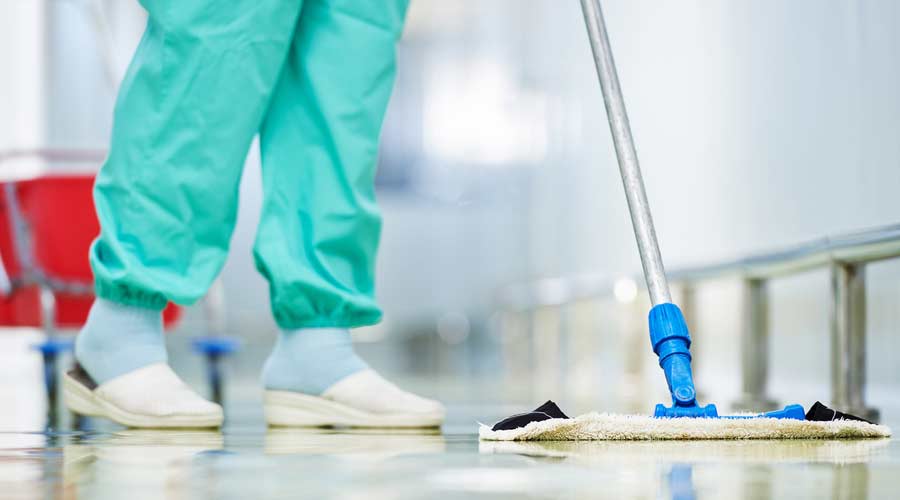
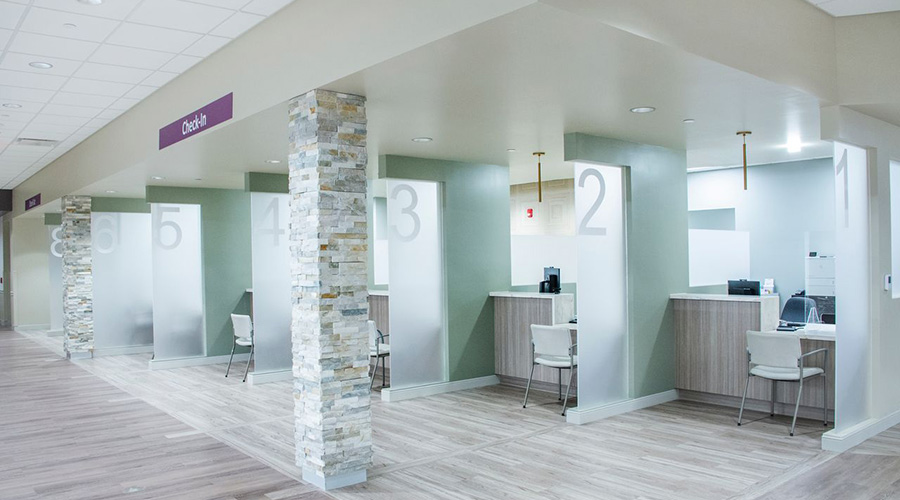 From Vacant to Vital: Adaptive Reuse of Retail Spaces
From Vacant to Vital: Adaptive Reuse of Retail Spaces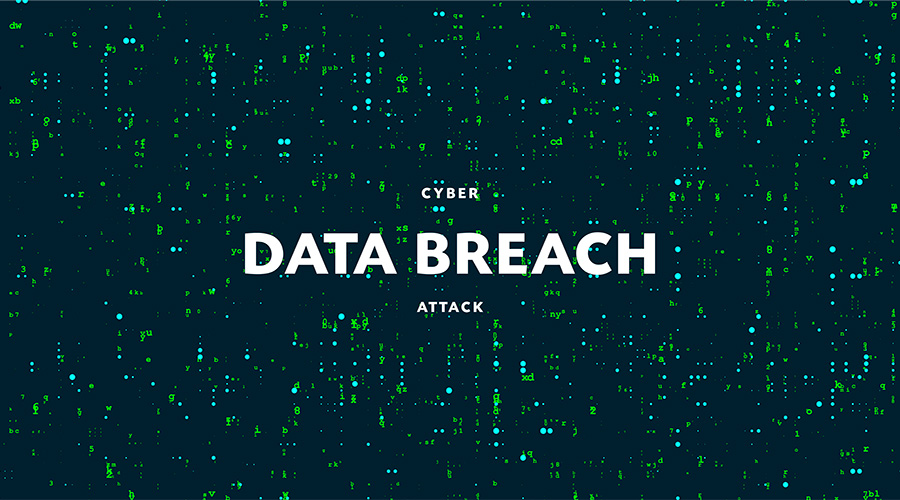 Community Health Network Falls Victim to Data Breach
Community Health Network Falls Victim to Data Breach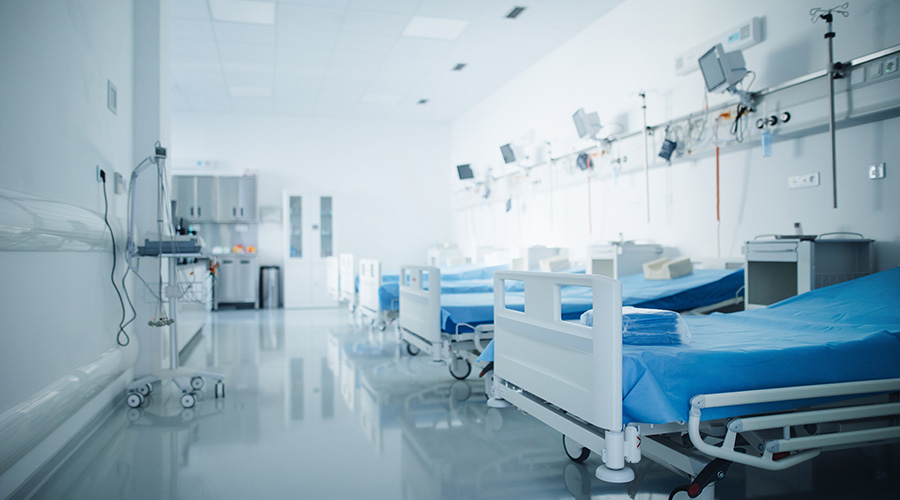 Hudson Regional Health Launches 4-Hospital System
Hudson Regional Health Launches 4-Hospital System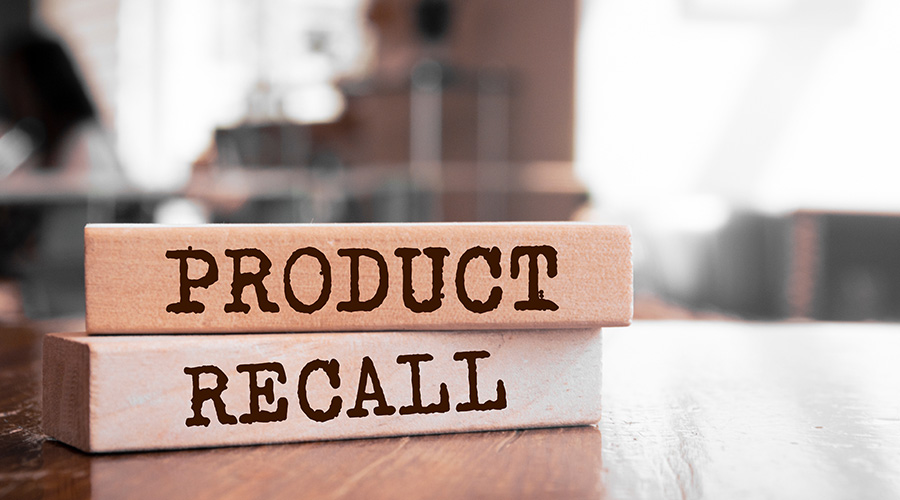 Must Know Recalls of 2025
Must Know Recalls of 2025 Sustainability as a Baseline in Healthcare Facilities
Sustainability as a Baseline in Healthcare Facilities